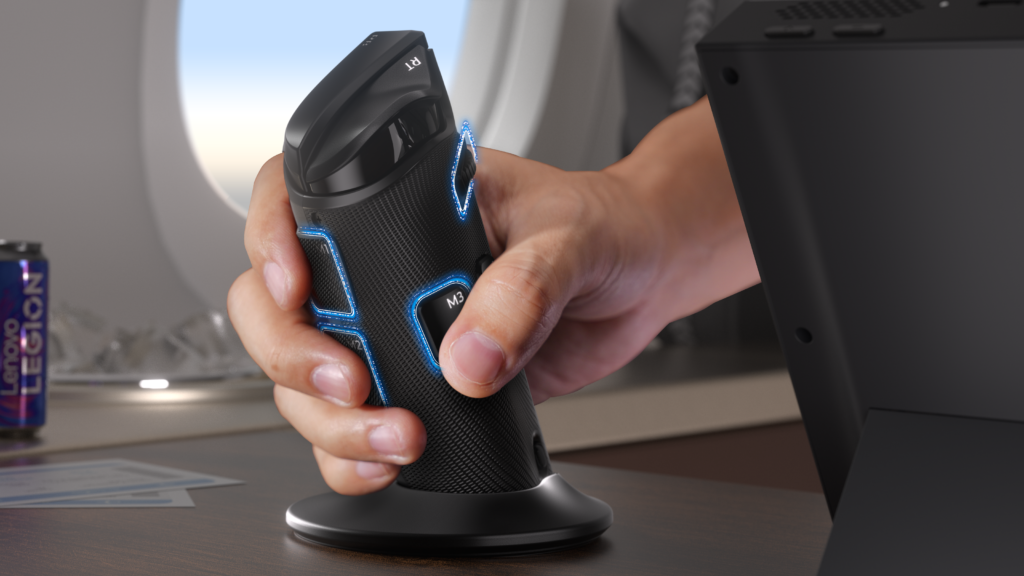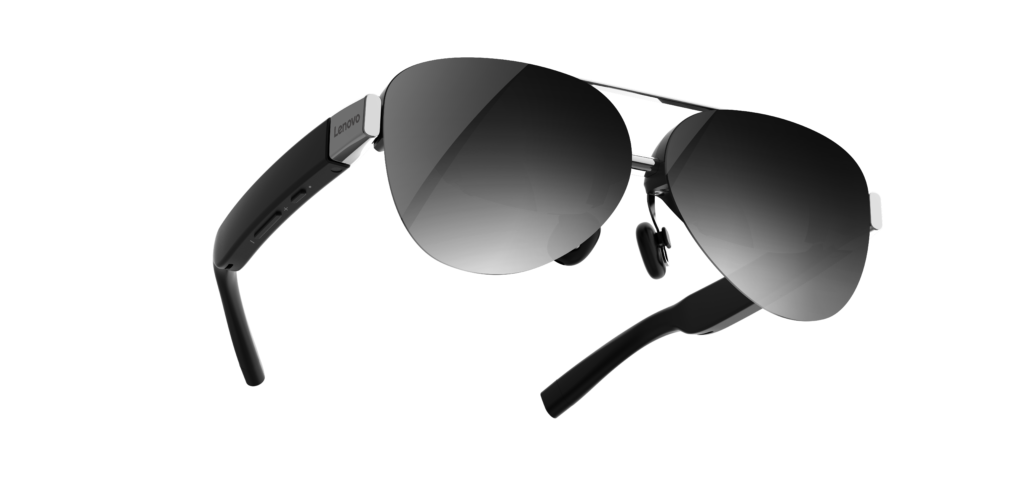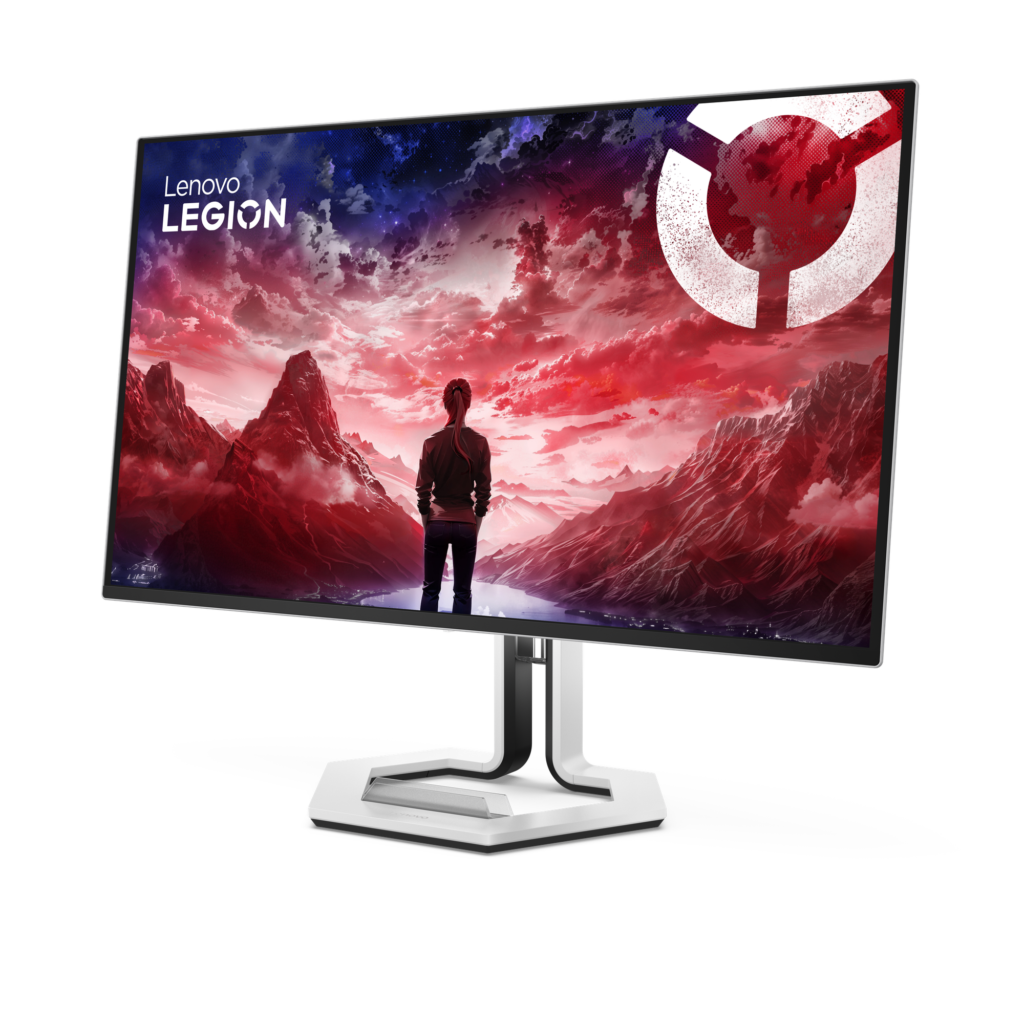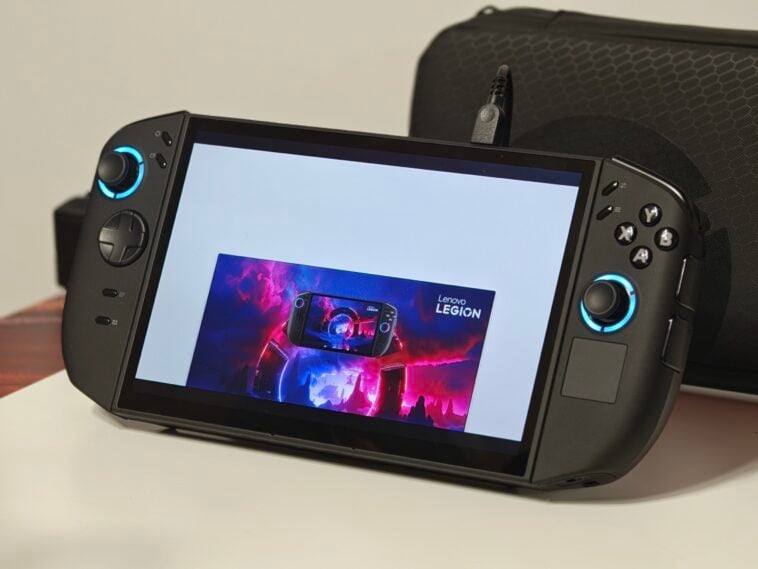Things heated up in the handheld gaming world with the release of the Switch 2, but with Nintendo still opting to keep their console on the more affordable (relatively speaking) side, the door remained wide open for someone to put out a high-end option. Lenovo looks like they’re walking through that door with the announcement of the Legion Go 2 at IFA 2025 in Berlin. You might not be playing Donkey Kong on the Lenovo Legion Go 2 anytime soon, but for PC gamers looking for the full slate of premium features in their handheld, Lenovo’s new handheld looks hard to beat. They’ll just need to be ready to pay for it, because it’s going to cost north of $1,000.
Lenovo Legion Go 2: More powerful, more comfortable
The Legion Go is meant for folks who want to take their PC games on the road (or just get comfy on the couch or in bed) — it’s essentially a high-powered tablet with a kickstand and detachable side controllers, with a battery life of about 1-2 hours. The Legion Go 2 will be one of the priciest options out there, but the hardware, display, and design have been improved across the board to justify the cost.
Lenovo has made the jump to an OLED display in the Legion Go 2, and at 8.8 inches, that display is probably a big reason for the high price. The display resolution actually dips to 1920 x 1200 from the original Go’s 2960 x 1440, which may well be to keep the asking price from being prohibitively high. On the bright side, the new display is now capable of a variable refresh rate, with the max refresh rate still at 144Hz. That should make for smoother gameplay compared to the original Legion Go. HDR TrueBlack 1000 certification indicates we’ll see higher quality contrast, and with that OLED display should make HDR gaming shine.
The Lenovo Legion Go 2 will use the AMD Ryzen Z2 Extreme processor, the next generation of the Z1 Extreme found in the original Legion Go, along with AMD Radeon 890M graphics and 32GB of LPDDR5X RAM. That’s a solid but expected power upgrade, and along with the new OLED display, means that the Legion Go 2 is going to need a pretty hefty battery. So, no surprise that the battery on the Legion Go 2 has a 74Whr battery, compared to the 49.2Whr battery on the original. Consensus was that folks got 1-2 hours of battery life on the original — we don’t know what to expect from the Legion Go 2 yet, but we wouldn’t be too surprised if it was about the same.
We’re not too surprised to see that the Lenovo Legion Go 2 is roughly identical to the prototype Legion Go we saw earlier in the year at CES. The specs and size are just about the same, and the physical improvements have carried over, as well. The detachable controllers are more rounded and comfortable to hold, addressing one of the most common complaints about the original Legion Go. They’ve also added a pivot D-pad, making directional inputs for fighting games much more comfortable and consistent. The touchpad on the right controller remains, and you can still turn the right controller into a mini mouse for FPS games.

But, if you own the original Legion Go and don’t want to part with it just yet, here’s something to keep your eye on — the redesigned TrueStrike controllers on the Legion Go 2 will be backwards compatible with the original Legion Go. Lenovo hasn’t sold their controllers separately to this point, and they haven’t announced that they will with the new ones, but we’re hoping the backwards compatibility announcement is a hint that they will once the Legion Go 2 becomes available.
Lenovo also had some news on the 3D front, which is a front that hasn’t had a whole lot of attention lately. The Legion Glasses 2 (the AR glasses that can be used with the Legion Go) will soon get an update bringing a 3D mode to a handful of non-VR games, with more games to be added. The update should arrive sometime this year, but only for the Legion Glasses 2, and only for either Legion laptops running on Windows 11 or the Legion Go 2 — sounds like the 3D feature won’t work with the original Legion Go.

The Lenovo Legion Go 2 is expected to drop in October, starting at $1,050. But, like with the Legion Go, there will likely be a configuration with a less powerful processor available, so the expectation is that the Legion Go 2 with the Ryzen Z2 Extreme processor will be more expensive than $1,050.
New Legion laptop and monitors will arrive this fall
Lenovo announced a whole slew of gaming products in the Legion family at this year’s IFA, with one of the highlights being the 2025 Legion Pro 7 16-inch gaming laptop. This is the AMD alternative to the Legion Pro 7i, which runs on Intel processors. Like its Intel counterpart and the Legion Go 2, the Legion Pro 7 is making the jump to an OLED display, which will still be a 2560×1600 panel with a 240Hz refresh rate. The laptop can be configured with AMD’s Ryzen 9 9000 HX series processors, and like with the 7i, will use Nvidia’s GeForce RTX 50 series laptop GPUs. The extra power will be nice, but the long-awaited jump to an OLED display is what really stands out as a reason to upgrade this year.

Speaking of OLED, Lenovo will be dropping three new OLED monitors between October and November of this year. Their UD-10 series will include 27-inch and 32-inch options, and will have 3480×2160 OLED panels a 240Hz refresh rate. Both of those monitors, along with the 27-inch Q-10 series monitor, will work with AMD FreeSync (which in turn works with both AMD and Nvidia GPUs) to lock frame rate with performance. All three monitors also support Dolby Vision and are HDR TrueBlack 400 certified. The Q-10 series monitor is the cheaper option, with the biggest difference being a lower resolution at 2560×1440.

Lenovo expects the 32-inch UD-10 monitor to be available in October for $1,100, with the 27-inch UD-10 and Q-10 monitors coming in November for $1,000 and $700, respectively. The Lenovo Legion Pro 7 gaming laptop is expected in November starting at $2,400.

